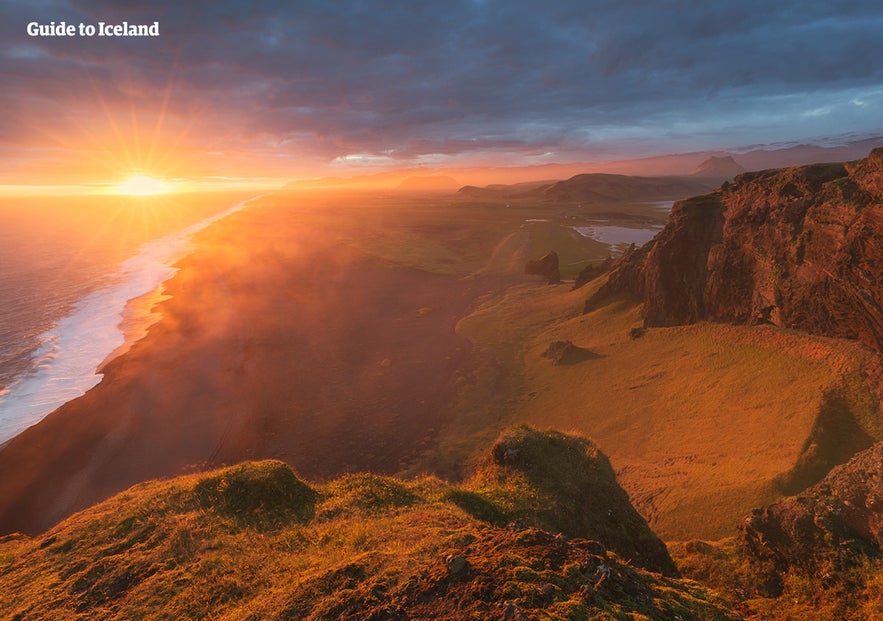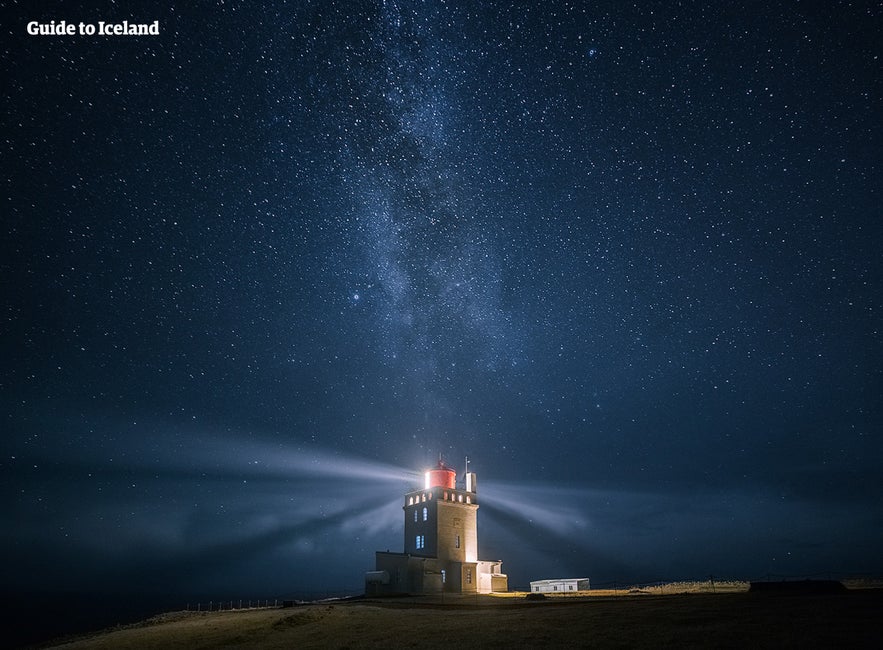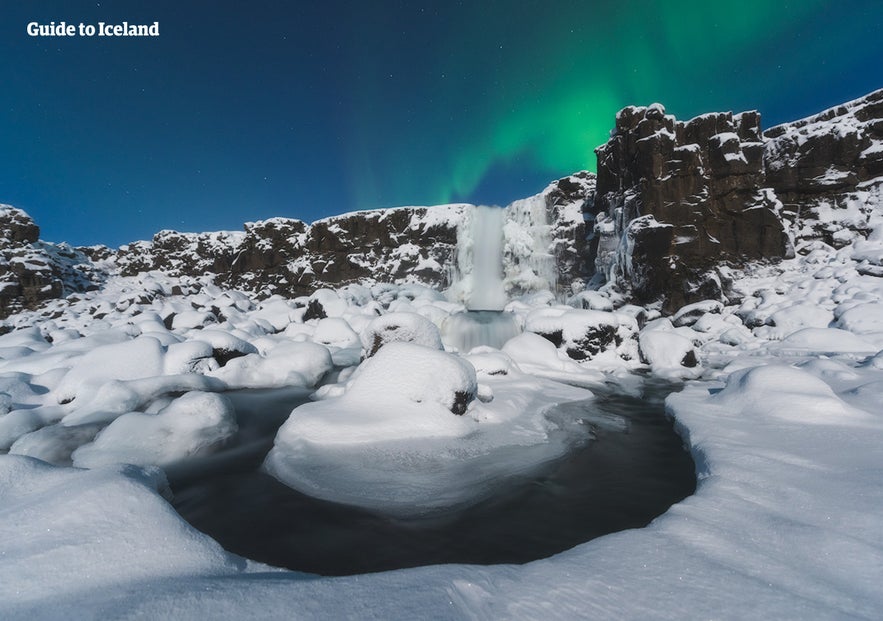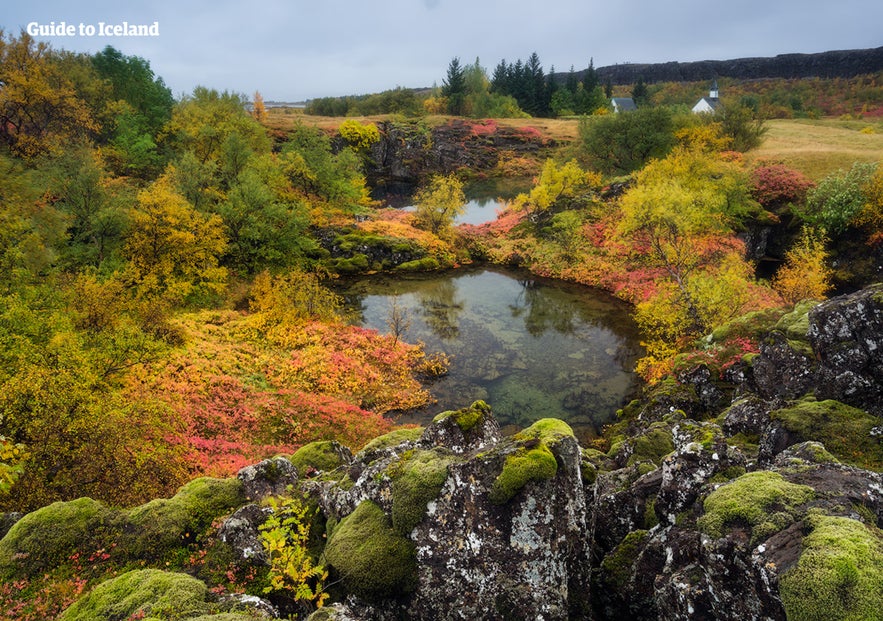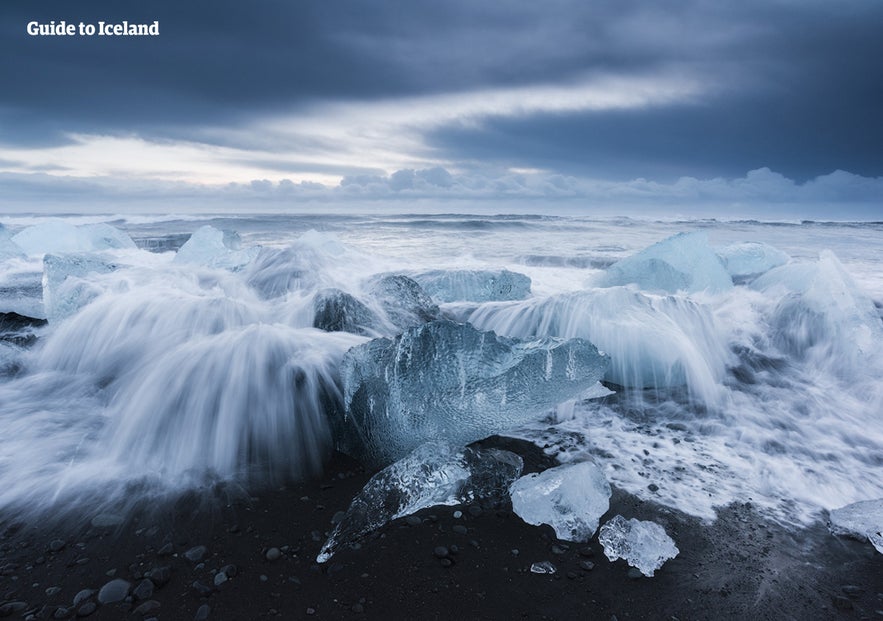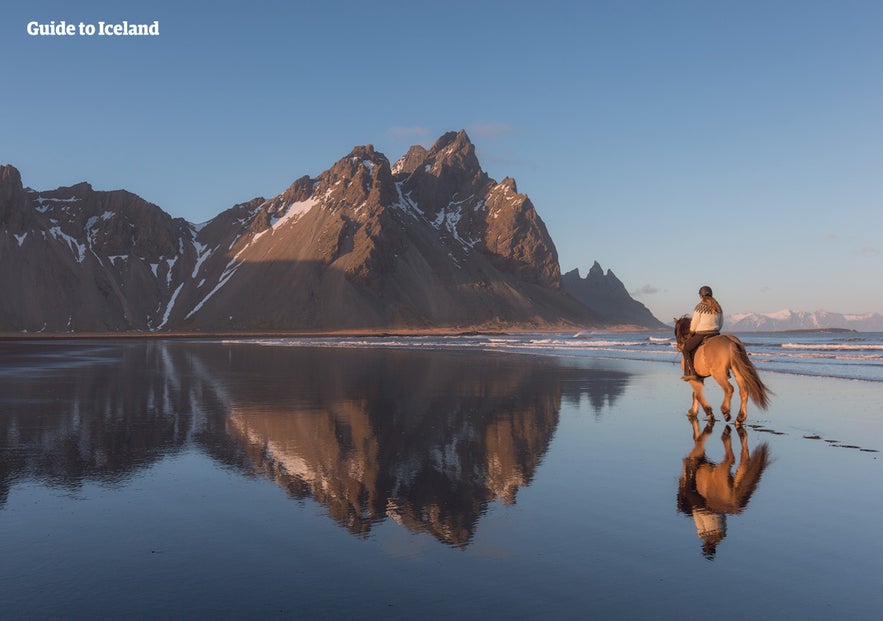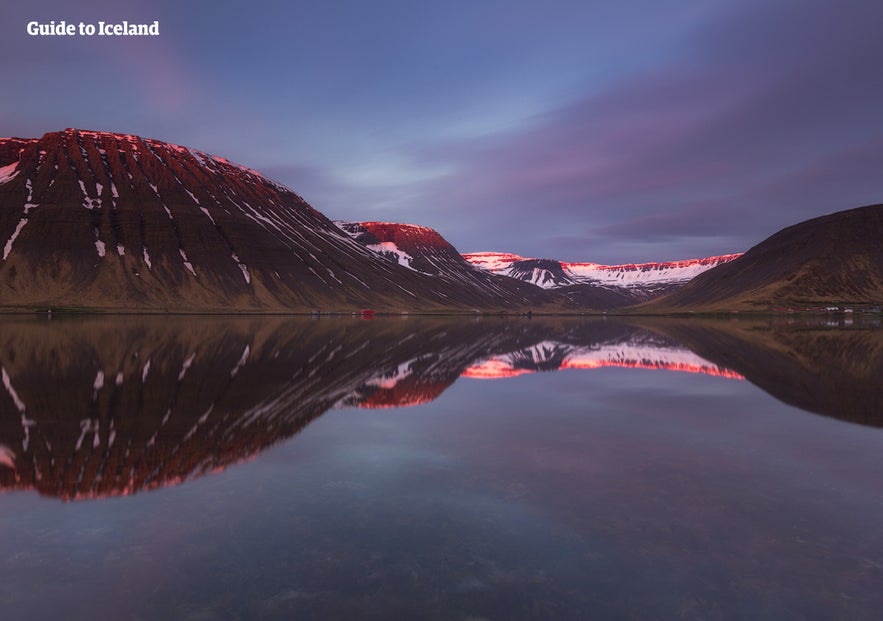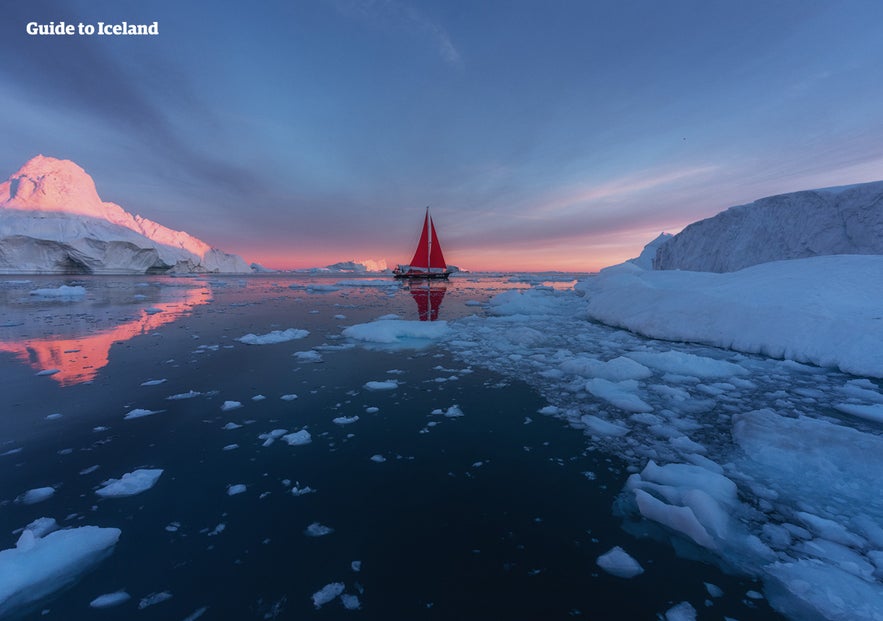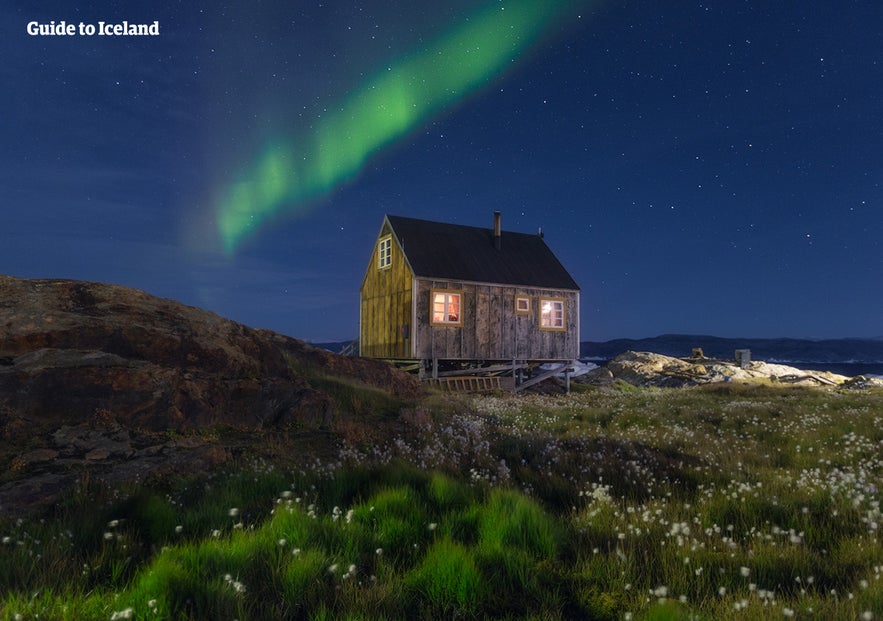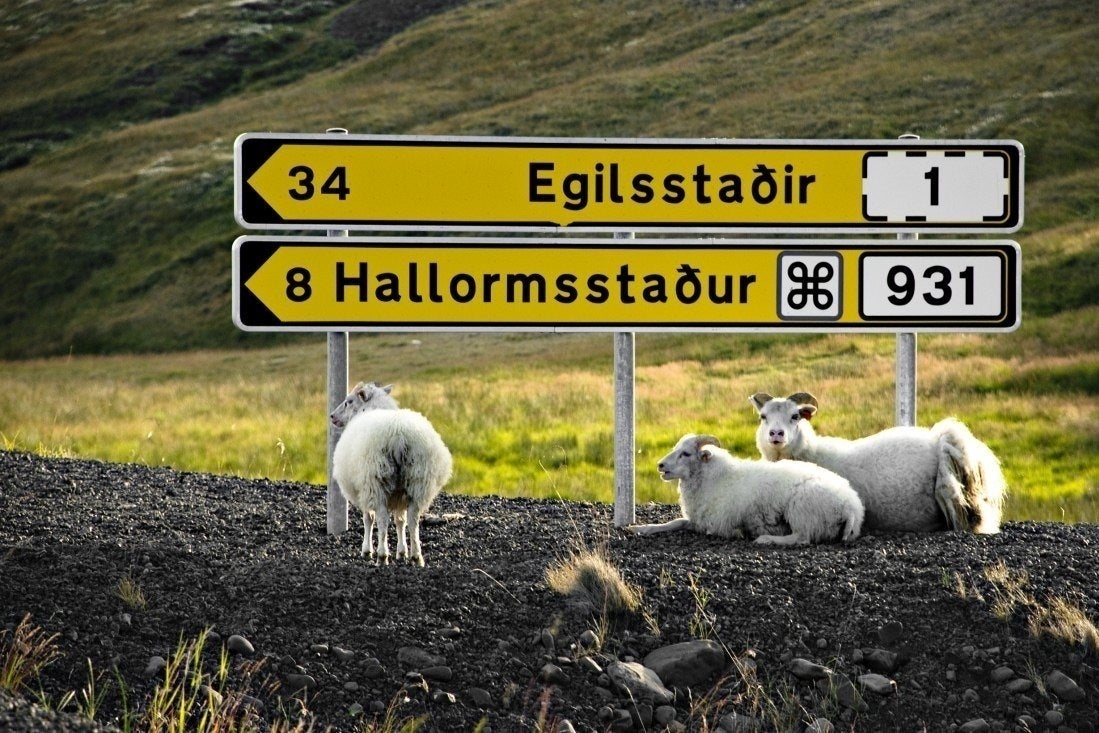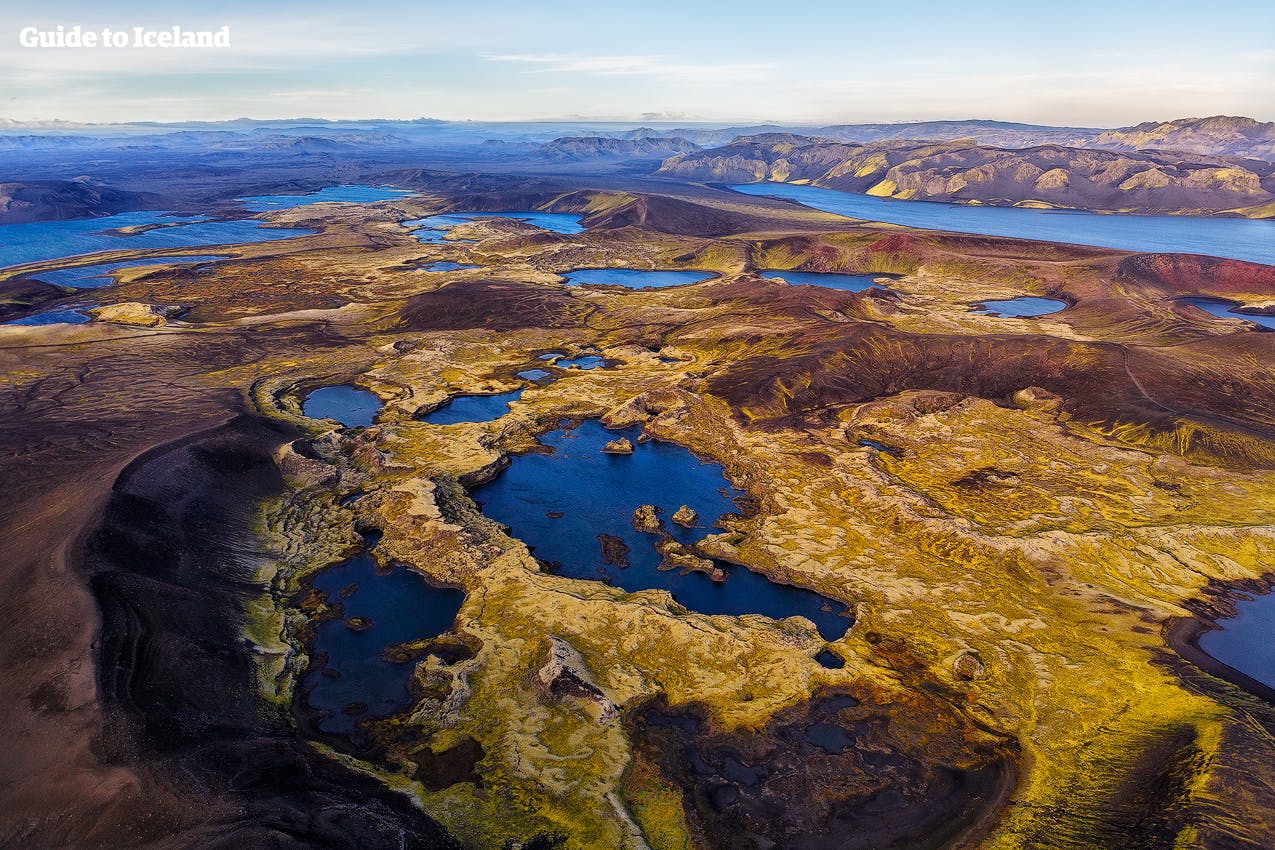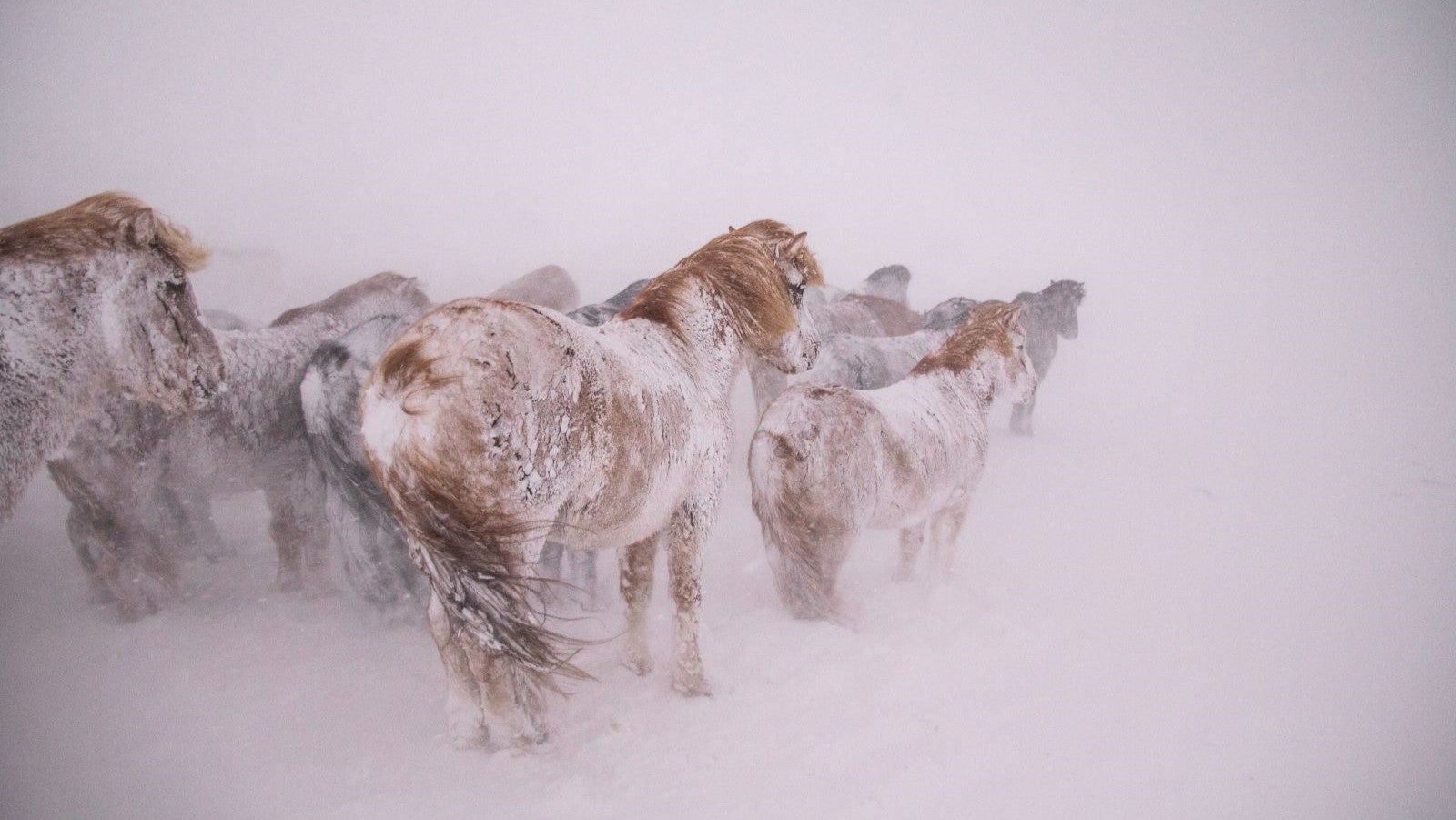What are the best recommendations for making a repeat visit to Iceland, the Land of Ice and Fire? How can you make your second holiday as exciting as your first, and what hidden attractions and activities are available to fill your time? What are some of the lesser-visited regions in Iceland? Read on to find out all you need to know about revisiting Iceland.
- Learn about 10 Reasons Icelanders Are Proud to Be Icelandic
- Get to grips with Solo Travel in Iceland | Going it Alone
- Learn all about Airport Transfers in Iceland | Keflavik to Reykjavik
Holiday destinations often become second homes to those who can afford it; visitors to Iceland are particularly susceptible to this, falling in love with the gentle pace of life here, enchanted by particular waterfalls, coffee houses or people.
Why You Can Trust Our Content
Guide to Iceland is the most trusted travel platform in Iceland, helping millions of visitors each year. All our content is written and reviewed by local experts who are deeply familiar with Iceland. You can count on us for accurate, up-to-date, and trustworthy travel advice.
Iceland has a way about it that seemingly demands a closer inspection, drawing visitors back year after year after year with its stark and emotive landscapes, welcoming population and wealth of attractions and activities.
The question of whether to revisit a much-loved holiday destination can be a tricky one. What if, for instance, your second holiday doesn’t match up to your first? What if your favorite restaurant has been removed, or you can no longer stay at that precious vacation cottage?
Questions such as these should be weighed up before booking a ticket, especially considering the sheer number of exciting holiday destinations chomping at the bit for a visit.
- See also: Weather in Iceland & Best Time to Visit
In point of fact, there are valid reasons for revisiting a beloved holiday destination, be it Iceland, or anywhere else. For one thing, repeat visitors strip away the layers of a country, discovering the cultural quirks and hidden sights they missed the first round.
Returning also allows for stress-free planning, the chance to explore new places—or revisit those favourites from last time—as well as nurture a deeper connection with the destination in question. More likely than not, a second visit also allows you to shed that “tourist” label, allowing you to blend in elegantly with your knowledge and taste of the local culture.
Another useful benefit is the lessons learnt from your first Iceland trip. To take an example, first time around, many visitors are astounded by the expensive daily costs of food, drink and fuel.
Repeat visitors will already be aware of this fact, and so will know to prepare with packed lunches, a thermos for hot drinks and refilling their water bottles with the free and clean tap water. The same applies to packing the correct clothing; repeat visitors will know all too well the necessity of rain/windproof outerwear, sturdy hiking shoes and warm thermal layers.
As aforementioned, for those looking to really get to grips with Iceland, multiple trips are necessary, if only to further uncover this ancient and mysterious land. Below, we here at Guide To Iceland have chosen to lay out some of the best recommendations for those revisiting the country, though first-timers should also consider these valuable insights for their own future trip.
Switch To The Opposite Season
This is, arguably, both the most obvious and important reason for revisiting Iceland. As its name suggests, Iceland spends much of the year facing the winter elements, a consequence of its geographical position nestled against the Arctic Circle.
With that being said, many wrongly assume that Iceland is a frostbitten paradise the year round; in fact, many often rectify that, really, Greenland and Iceland should swap names, given the starkly different environments.
- See also: Iceland's Seasonal Contrasts
From September to May, guests here will experience the joys of heavy snowfall, dancing Northern Lights and electric-blue glaciers. From mid-October to March, the glittering ice caves also become accessible, although many operators don't start tours until November. In short, this period sees the country live up to its name spectacularly.
Guests, be they first-timers or repeat visitors, should know to fully prepare for these conditions. Those foolish or forgetful enough to pack unsuitable clothing will quickly find their experience beyond uncomfortable, and will more than likely have to purchase some rather expensive gear in Reykjavík (—that's how they get you!).
The winter brings with it a dose of adventure, complete with challenging driving conditions, tempestuous weather and hours of darkness. That’s not to suggest for one moment that these are negatives; in fact, winter in Iceland shows Mother Nature at her most raw, as capable of great fury as she is of breathtaking beauty.
Winter visitors should also weigh up their options when it comes to either choosing a rental car or partaking in organised tours—many find the winter months too dangerous for independent travel, instead choosing to rely on the knowledge and experience of qualified guides.
With that being said, know that the winter is one of the best times to engage in authentic seasonal activities. For example, snowmobiling, ice caving, ice climbing and Northern Lights hunting are all readily available and wildly popular. During the winter, the Icelandic Central Highlands are closed.
- See also: National Parks in Iceland
On the contrary, June to September sees this country illuminated under the Midnight Sun, bringing with it luscious green meadows, the Central Highlands and brand new life. Iceland takes on an entirely new face, as though were it a different country entirely, and with it comes new opportunities to experience the land at its best.
For example, those who have previously visited Iceland in the winter would have found the Central Highlands inaccessible. This mountainous interior, comprised of the hiking paradise, Landmannalaugar, and the Valley of Þórsmörk, is simply too dangerous, too remote and too wild whilst battered with the winter elements.
Summer sees the area opened up to passionate trekkers, horse-riders and sightseers, many of whom will have returned to Iceland based on the region's beauty alone.
One of the most exciting aspects of summer in Iceland is the sheer, unbridled energy of the locals. Having suffered through a gruelling and unrelenting winter period, the Midnight Sun blesses the country with its omnipresence, staying in the sky as long as 24 hours at the peak of the season.
This allows for far more time sightseeing Iceland's eclectic natural attractions, as well as ideal driving road conditions, making Self Drive tours a huge advantage.
With such light, warmth and radiance now pouring over this sodden land, Icelanders step out of their cosy homes to celebrate en masse with music and food festivals, street theatre, cultural events, camping and road trips. Ice Cream—a surprising cultural favourite—once again makes an appearance on the capital's streets, as does the rare sight of Icelanders adorned in short shorts, tee-shirts and sandals.
Swapping seasons also allows for you to experience the same sights and activities in an entirely different way. Take snorkelling as an example; available the year round, summer guests to Silfra will experience a glittering glacial ravine surrounded by volcanic hillsides and moss-covered fields, whilst winter snorkellers will find themselves surfacing from the water amidst a snow-laden paradise.
Whilst the activity stays the same, the experiences could not be more different from one another.
Slow Travel
One of the greatest draws people have to Iceland is the relatively slow pace of life here. Given the small population and sheer amount of land, Icelanders like to take their time appreciating the simple things in life; family, friends, food and the environment.
Such simplicity seems almost impossible to those living hectic lives elsewhere, stressed by the responsibilities of work, traffic-laden commutes, or any of the other hassles associated with daily life.
Relaxing and centring oneself should be the main aim of a stress-free holiday; Iceland’s geothermal pools, wide-open landscapes and cosy streets make this a fairly simple affair, though some visitors do get caught in the trap of trying to fit as much as they possibly can into one single trip.
This often leaves visitors feeling more exhausted than if they hadn’t come at all. Hence, one of the great delights of taking multiple trips here is the ability to stretch out your daily itinerary, leaving enough time to fully unravel this country’s exciting attractions.
Try Lesser Visited Regions
Iceland’s most well-trodden locations are Reykjavík and the Capital Region (in the country’s southwest), the north (particularly Akureyri and the Mývatn area) and the picturesque South Coast, all the way to Jökulsárlón glacial lagoon. These areas are connected to Road 1, known as “The Ring Road”, a circular route that covers the full circumference of the island.
And be under no illusions, this is a BIG island. With a diminutive population of approximately 335,000 (⅔ of which can be found in the Capital Region), Iceland often tops the world’s “Per Capita” surveys by default (i.e. most authors per capita, most energy consumed per capita etc.)
- See also: Top 10 Places to Visit in East Iceland
The most remote areas of the country are the mystical Westfjords, found above the Snæfellsnes Peninsula, the East Fjords, Tröllaskagi and the various islands that dot Iceland’s coasts, such as Flatey and the Vestmannaeyjar Archipelago. Many of these locations are included separately on various Self Drive tours and itineraries that choose to focus on Iceland’s alternative attractions.
The Westfjords
The Westfjords is a sparsely-populated region found to the northwest of Iceland, famed for its dramatic cliffsides, eclectic birdlife, multiple hot springs and history of sorcery. Whilst many consider the Westfjords to be uninhabited, the area boasts many towns and villages, such as Hólmavík, Patreksfjörður and Ísafjörður.
In Hólmavík, you can find the Museum of Icelandic Sorcery and Witchcraft, gaining a deeper insight into the 17th Century witch-hunting craze that swept Iceland, as well as the Sheep Farming Museum, an amusing exhibition dedicated to the livelihood of Hólmavík’s farmers.
Patreksfjörður is the largest town in the southern Westfjords, its economy based on fishing and, as of late, tourism. This is little surprise given the town’s close proximity to some of the Westfjords’ most acclaimed attractions, such as the waterfall series, Dynjandi, Rauðasandur beach and the Látrabjarg bird cliffs.
Ísafjörður is the largest town on the Westfjords Peninsula, tracing its history all the way back to a 16th Century trading post. Today, the town boasts a population of 2600 people and is within easy distance to a wide range of recreational activities, including golf, horse-riding and hiking.
- See also: The Westfjords of Iceland
Ferries to Hornstrandir Nature Reserve also depart the town in summer, meaning visitors can explore this untouched and isolated strip of the Westfjords, ever on the lookout for Iceland’s only native mammal, the Arctic Fox.
Iceland's Islands
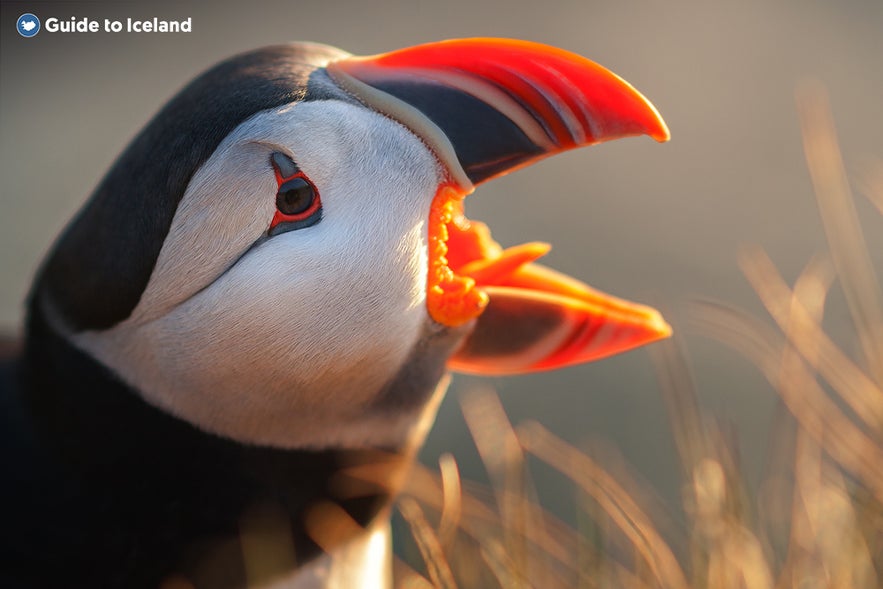
There are approximately 30 ‘large islands’ found dotted off the Icelandic coast, measuring out from between 13.5 square kilometres down to 20 square metres. Many have pondered on why Iceland is found lacking in islands, a stark contrast to, say, its neighbour Scotland.
Geologists have come to the conclusion that this must be a consequence of the unique manner in which Iceland formed, erupting from below the ocean's surface to become of the geologically youngest countries on the planets. This volcanic activity is still very much alive today, posing a challenge to those scientists hoping to measure the size of each island's landmass. Surtsey is Iceland's newest island, having formed in 1963.
The vast majority of these islands are not considered overly inhabitable, given the lack of amenities on the islands, as well as their difficult terrain and exposure to the elements. That’s not to suggest adventures can’t be had on these tiny spits of land, however.
- See also: Top 5 Islands in Iceland
Among the most well-known islands are Flatey, Viðey, Drangey, Grímsey and Heimaey in Vestmannaeyjar (The Westman Islands). Each island boasts its own charms and qualities, though you will have to do a little research before booking a ferry trip—for instance, those seeking a pleasant seaside community should visit Flatey, in Breiðafjörður, whilst those hoping for untouched nature will likely decide upon the majestic Drangey, found in Skagafjörður.
The Eastfjords
Approximately 17,000 people live in the east of the country, making it one of Iceland’s most sparsely populated regions. Regardless, it is an area of fascinating landscapes, detailed history and enticing culture, neglected due to only its distance from the capital, Reykjavík. With that being said, the only ferry service between mainland Europe and Iceland docks at Seyðisfjörður.
Seyðisfjörður is, in fact, one of the most attractive towns found in East Iceland, boasting colourful houses, a charming artistic centre, surprisingly good restaurants, bursting art scene and stunning surrounding fjord. Summer visitors may also participate in the annual arts festivals, LUNGA, which hosts a number of conferences, musical concerts and creative exhibitions.
The largest town in the east is Egilsstaðir, with a population of around 2600 people The town is particularly young, even by Icelandic standards, having been established in 1947. Since then, the town has gone on to become the administrative centre of the region, hosting an airport, hospital and college.
- See also: The Most Romantic Places in Iceland
Nearby to the town, visitors will find such attractions as Hengifoss waterfall, Hallormsstaðaskógur (Iceland’s biggest forest) and the controversial Kárahnjúkar Hydropower Plant.
Another town worthy of a visit is Djúpivogur, one of the oldest settlements in the east, tracing its roots back to the 15th century. The town is found between Berufjörður and Hamarsfjörður and is primarily known for two attractions: Æðarstein lighthouse and "Eggin í Gleðivík" (The Eggs of Merry Bay), a work of art by Sigurður Guðmundsson displaying large replica eggs of the area’s birdlife.
The east is the only area of the country where guests can see herds of wild reindeer. Reindeer are not native to the island but were imported by Norway in the 18th Century for farming and animal husbandry. However, the Icelanders didn’t take to their Scandinavian cousins’ methods, and the animals were left undomesticated, free to roam the countryside.
Tröllaskagi (“The Troll's Peninsula”)

Tröllaskagi (“The Troll's Peninsula”) is an isolated peninsula found in northern Iceland. It is located directly between the Eyjafjörður and Skagafjörður fjords and characterized by its mountainous peaks, deep valleys and small glaciers. The tallest peak in Tröllaskagi is Kerling (1538 m), though it is considered an easy climb for hikers, boasting fantastic views of the area when conditions are clear.
Siglufjörður is the peninsula’s largest town, with approximately 1000 people calling it home. In its heyday, Siglufjörður was the herring fishing capital of the world, reaching its peak in the 1950s when the town’s population reached 3000.
- See also: History of Iceland
Since then, the township has shrunk in size, though a renewed interest in its history and surrounding nature has, as of late, brought flocks of visiting tourists. Guests to Siglufjörður can visit the highly recommended Herring Era Museum to learn more about the town’s golden age.
Another town worthy of a visit to Tröllaskagi is Hofsós, renowned for its enchanting harbour and beautiful architecture of its outside, infinity swimming pool with views across the sea. Visitors here will be able to soak themselves in the geothermally heated water as they embrace the incredible surrounding views. It really can’t get more Icelandic than this!
Given the dramatic terrain of Tröllaskagi, the region has become something of a favourite amongst impassioned skiers and snowboarders. Off-piste skiing and snowboarding here usually takes place over a few days, and reveals just how adventurous, adrenaline-fuelled and unique such an activity can be in Iceland.
- See also: Skiing and Snowboarding in Iceland
Experience Iceland’s Cultural Scene
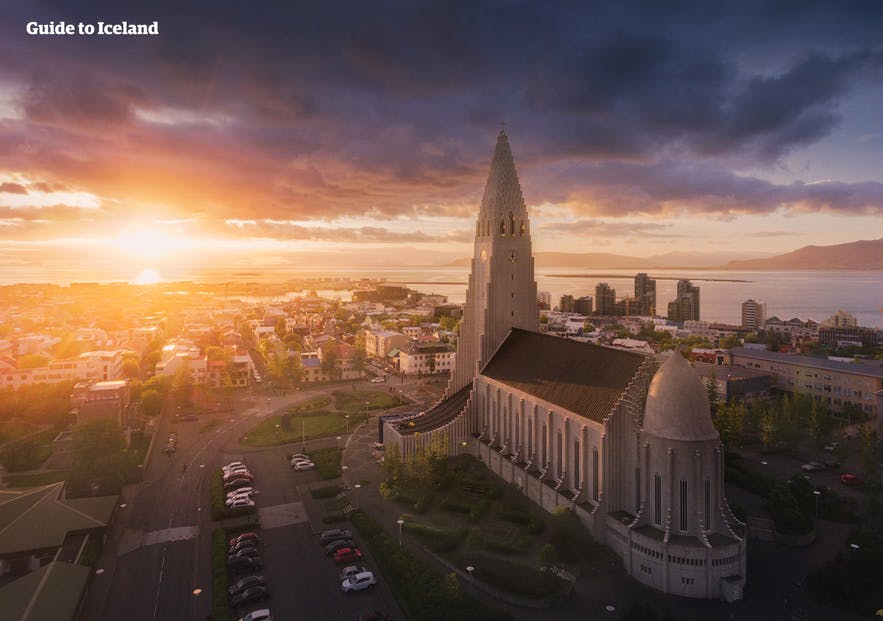
Given the sheer gravitas of Iceland’s natural environment, it should come as little surprise that the country’s urban delights and cultural exhibitions often taken a backseat in visitors mind.
Quite frankly, considering the sheer number of natural attractions in Iceland, as well as their respective distances from one another, many guests just do not have the time to experience both. And, given the sheer drama of Iceland's mountains, rivers, waterfalls, canyons, coastlines and ice caps, it really is no wonder that Mother Nature often walks away from this dilemma the winner.
- See also: The Ultimate Guide to Downtown Reykjavik
Repeat visits allow you to gain a far deeper insight into the cultural side of daily life in Iceland, be it in the capital, Reykjavik, the "northern capital", Akureyri, or another of the many small towns dotted across the country. Across the country, events are organized annually to exhibit the latest in Icelandic creativity—by enlarge, most visitors take note of this country's vibrant and accepting music scene.
For instance, take Eistnaflug, the heavy metal festival that occurs each year in the small town of Neskaupsstaður in East Iceland. Another example could be the music festival "Aldrei fór ég suður" held in Ísafjörður during Easter each year since 2004.
- See also: Music in Iceland
Of course, there are a number of larger festivals taking place in Reykjavik, that attract international acts.
An important festival on the calendar is Iceland Airwaves, held in early November in the capital. Spanning four days, once again, the festival's aim is to showcase new music from Icelandic and international artists, Known for its personality, party atmosphere and intimate concerts, David Fricke of Rolling Stone magazine called it the "hippest long weekend on the annual music-festival calendar".
Away from the music scene, visitors can also enjoy such events as the annual Icelandic Beer Festival, where micro-breweries step out on mass to exhibit their tasty new craft beers.
- See also: Happy Hour | Reykjavik's Cheapest Bars
This festival is of particular importance to the Icelandic people; prohibition lasted for 79 years here, having only been lifted on the 1st March 1989. Icelanders made do Brennivin, otherwise known as "The Black Death"—still popular today, visitors are recommended to taste this liquorice-inspired spirit.
Combine Iceland With A Short Trip to Greenland
One of Iceland’s closest geographical neighbours is Greenland, the world’s largest island. 81% of Greenland is ice-capped, as opposed to Iceland, which is approximately 11% covered. The countries are 1,216 kilometers apart from one another, with flights from Reykjavík Domestic Airport taking roughly 1 hour and 50 minutes to the settlement of Kulusuk.
Visitors to Kulusuk will experience the very best that Greenland has to offer. With little more than 250 inhabitants, this settlement is found on an island of the same name (8 km (5.0 mi) from north to south and 11 km (6.8 mi) from west to east) and is surrounded by a vista of enormous floating icebergs and distant snow-capped mountains.
A short day tour to Greenland is the perfect compliment to your second trip in Iceland, adding on a wholly unique experience and location that otherwise would have been skipped. Visitors to Kulusuk will often spend their day on a thrilling boat tour, getting up close and personal with the areas' gigantic ice flows and majestic population of whales and dolphins. Others choose to spend the majority of their day in the settlement itself, getting to grips with the traditional Inuit lifestyle still prevalent today.
However you choose to fill your second trip to Iceland, we hope that you experience as much joy and excitement as on your first trip. With such a fascinating culture and rich landscape to explore, you may find yourself returning yet again, and again, and again... forever spellbound by this mysterious and alluring destination.
Did you enjoy our article about Revisiting Iceland? How many times have you visited in the past? If only one time, what would you recommend for repeat visitors? Make sure to leave your queries and thoughts in the comments below.

